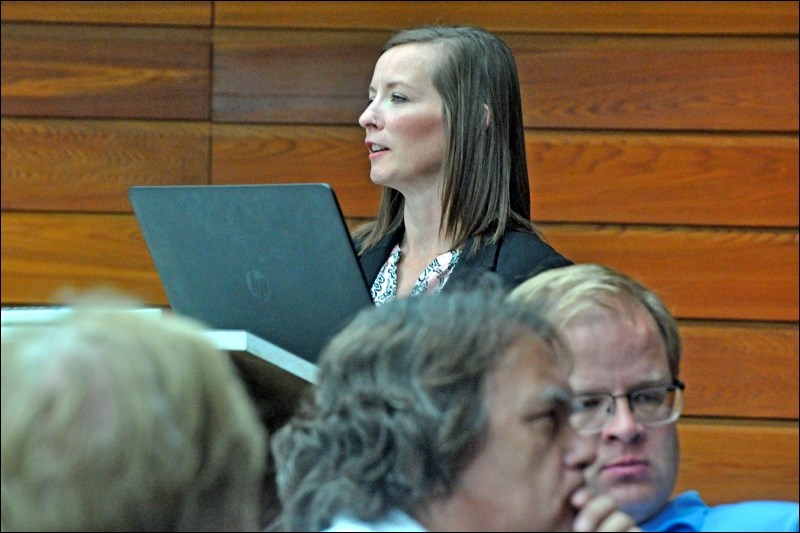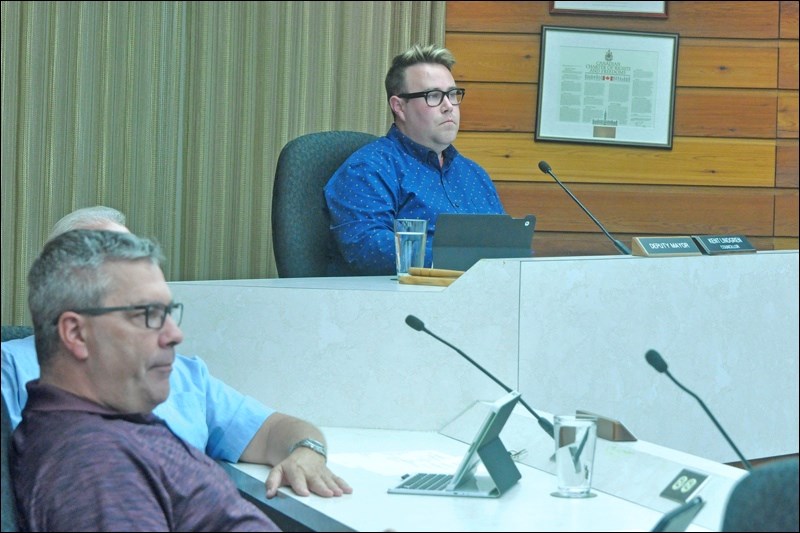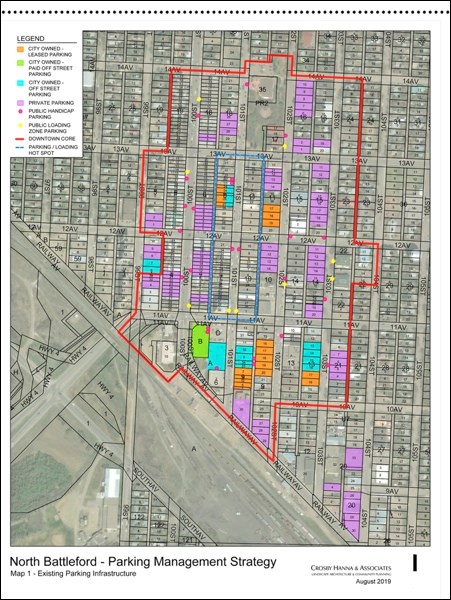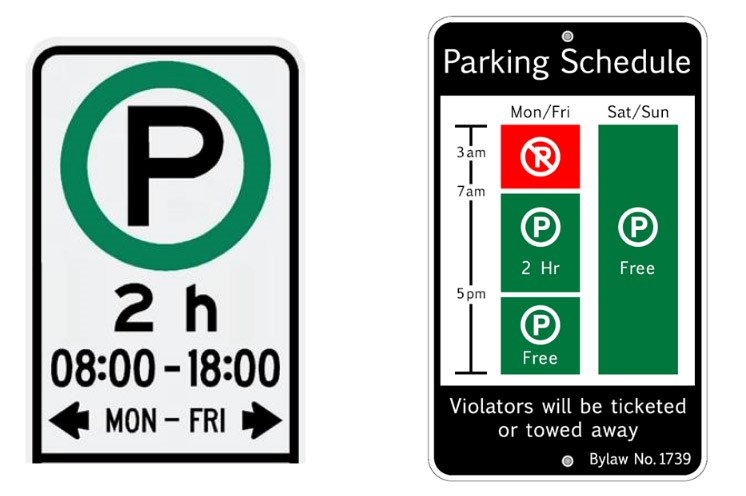The City of North Battleford has received the draft of a report that proposes managing downtown parking by setting time limits – perhaps tiered from two up to five hours – and may include dedicated courier parking zones. It does not recommend parking meters on the streets.
Leanne DeLong, manager of community planning with Crosby Hanna & Associates, presented the draft report to the city’s planning committee on Monday evening.
Crosby Hanna & Associates had been taken on this spring to undertake the project. Those included a stakeholder consultation and an open house last Wednesday.
In her presentation DeLong noted the feedback received during those consultations included a consensus the city should continue to restrict parking through time limits and not implement on-street metered parking.
At last week’s open house, DeLong noted there was feedback from one local resident concerned about parking availability with the recent changes. “We didn’t really hear anything different from what we heard during the stakeholder consultation.”

A “best practices” review was also done by the consultants looking at downtowns in similar-sized cities such as Lloydminster, Humboldt, Swift Current, Moose Jaw, Prince Albert and Saskatoon.
One of the concerns raised in the community was that development downtown might be creating a parking shortage. However, the study pointed a different direction.
“We learned there is a surplus of parking,” DeLong said. The municipal supply, even with the changes downtown, was 40 per cent, which is still seen as enough to support development downtown.
She said stakeholders have seen abuse of the two-hour time limits. There was also a desire for longer-term parking downtown to accommodate those who needed to be downtown beyond the two hours.
Another topic discussed was the issue of parking on vacant sites, an issue that has plagued North Battleford’s downtown in recent years. DeLong recommended the city continue its current practice to enforce not using vacant sites.
Allowing the practice to happen “inflates the supply” and makes it difficult to make changes to manage parking more effectively.
The “slow and methodical” approach the city was taking to downtown revitalization is also a good approach to parking, DeLong said. “There needs to be value built into the activities people are coming downtown to undertake,” she said.
As for the report’s recommendations they include the following:
• The recent changes had seen the extension of two-hour parking limits throughout the downtown area. Perhaps the most interesting recommendation coming out of the parking report was to extend time limits downtown to three hours, or to consider tiered time limits. Under tiered time limits, the parking hot spots would remain at two hours but those located further away could be extended to three hours. There can also be a five-hour or more parking tier for longer-term parking.

When asked by Councillor Kent Lindgren about whether a downtown the size of North Battleford could use the tiered limits, DeLong noted Prince Albert is tiered and includes five-hour metered parking and that Saskatoon had adopted a parking study recommendation to go to three hours in most downtown areas after being two-hours in the downtown for a long time.
Director of Planning and Development Jennifer Niesink suggested lots that are “slightly out of the way” and underused, such as the two public parking lots at the RCMP building and at the liquor store might be candidates to transition to three-hour parking limits.
• More signage and education – the consultants recommended continuing to use the current signage/graphic which is seen as “cutting-edge” as well as an awareness campaign on the changes being made. Also recommended was providing enforcement capacity downtown as a “customer service” – not so much to “write a bunch of tickets,” as Councillor Kelli Hawtin pointed out, but to educate those parking downtown on how to park and to ensure time limits are observed. There is also a recommendation to ensure vacant sites aren’t being used.
• There is also a recommendation to be sensitive to the time it takes for revitalization efforts, particularly when it comes to the issue of implementing a full-blown user pay parking system downtown.
“Once you start charging people for parking, it’s just human nature that people are going to be parking where it’s free,” DeLong said. The suggestion is to use the newly-developed pay parking lot next to the Capitol Annex as a tool to monitor changes to parking patterns and behaviors downtown.
• Zoning and policy considerations being recommended in the report include treating all types of parking downtown – high density, residential, hotels/motels, offices – on an equal basis under the bylaws when it comes to such things as lighting, surfacing and landscaping, adding criteria to provide specific direction for council to make discretionary approvals of commercial parking lots and clarifying the city’s stance on when they will waive parking requirements for development downtown.
• For accessible parking spaces, the recommendation is to continue using a standardized system.
• The final recommendation was on the issue of courier parking. This comes in the wake of concerns expressed by a courier to city council earlier this year outlining his difficulties in making deliveries downtown. The report found that what the city is doing is in line with best practices, but recommendations included expanding the number of general loading zones. If problems persist, changing the general loading zones to “advisory” courier loading zones may address the problem.
When asked by Mayor Ryan Bater on where to put courier loading zones, DeLong replied it is typically located at the end of the block.
The next step for administration is to bring the parking strategy back sometime in October, when it will be considered for adoption.
Afterwards, said City Planner Ryan Mackrell, administration will begin working on next steps. Mayor Bater asked administration to consider adding a 10-minute loading zone on the 1200 block of 101st Street.




